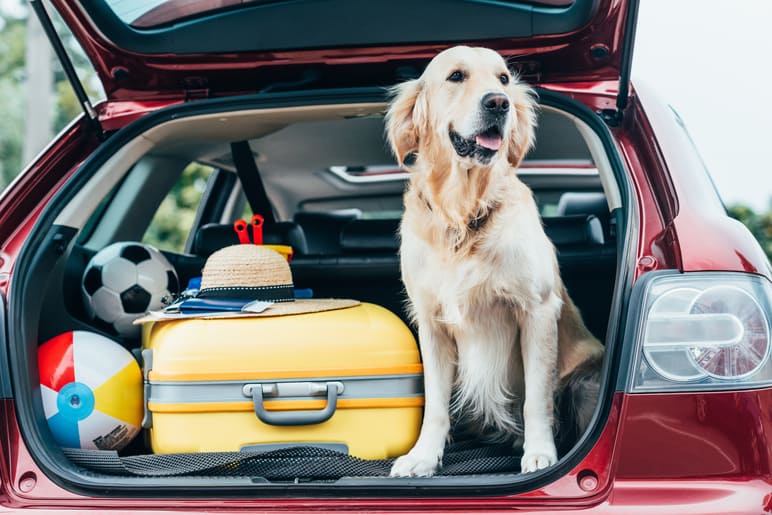
Avoid canine chaos and potential accidents by safely securing your dogs.
Since the 1970s, laws started to be introduced to make seat belts mandatory in passenger vehicles around the world. Experts had proven the benefit of wearing a safety belt and that it massively reduced the risk of injury for passengers. It’s taken a long time for this idea to catch on for pets, but it is finally here. It is now almost mandatory to take special precautions when transporting pets and there is certainly a right and wrong way when it comes to how to travel with a dog in the car.
There are lots of reasons why it is important to keep an eye on your dogs, from pets being a distraction in the car to them being hurt in a crash. Either way, not following the regulations could lead to a hefty fine, invalidate your insurance, and in the worst case scenario be deadly for your dog or for you.
Since our pets provide us with so much joy, it is only right that when travelling with a dog in the car we provide them with the proper safety equipment to make sure that they are as protected as we are. Here we will give you all the top tips on the safest way to travel with a dog in the car.
Why do pets need to be restrained in the car?
There are a ton of important reasons to keep your pooch protected and secured while you drive. This goes for all dogs; even the best behaved dogs need some form of restraint and this should be used regardless of whether you are popping to the shops or taking a longer drive.
First of all, it is vital for their safety. Seatbelts and airbags protect humans from smashing into what is in front of them if the vehicle collides with another object. A pet seatbelt or carrier is going to do the same thing and stop them from incurring some serious injuries if you are in a car accident. Things like the proper mats for car boots also stop pets sliding around when driving, which could also potentially cause injuries. Aside from the physical strain it might have on them, lots of dogs hate driving because it is so unnatural. Having the proper equipment limits how stressful the experience is for them, even if it might be stressful getting them into the basket or carrier!
After a crash an unrestrained dog may be scared or even aggressive, especially if they are in pain and confused. Having them properly restrained will make accessing them safely to help them much easier and reduce the risk of them running off or lashing out in fear.
Secondly, your safety is at risk if your pet is loose in the car. They could seriously hurt you and your passengers in an accident if they are thrown into you. A Border Collie might not seem that big compared to many other animals, but when travelling at 30mph the force is equivalent to the weight of a polar bear. Forget breaking the ice, that is going to break bones.
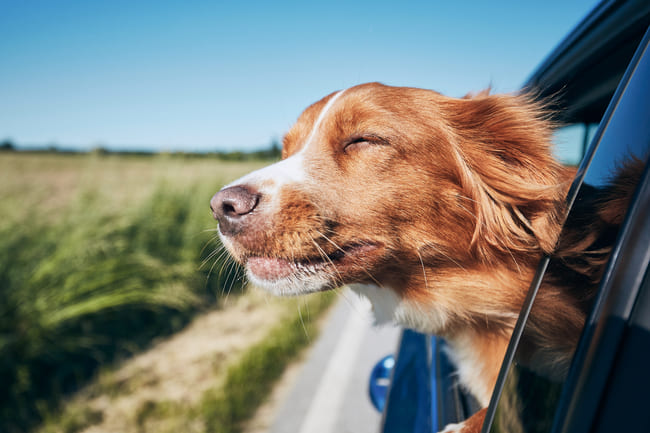
Loose pets might not just be involved in accidents, they might also be the cause of accidents. Dogs can distract the driver from the road as they climb around or try and get into your lap, or perhaps even get in the way of the steering wheel or the brake pedal, increasing the likelihood of an accident. Even if they aren’t doing anything dangerous, pets making noises, moving around, or attacking car fittings can lead drivers to take their eyes off the road and become a deadly distraction. It only takes a few seconds for a situation on the road that could be potentially fatal to develop. Even with the most well-behaved dogs, it isn’t worth taking the risk.
Dogs scrambling around the car can also cause insurance headaches. The conditions of a lot of car insurance policies require that when driving with pets they are restrained properly at all times. A loose dog in the car could mean that you have breached your insurance policy, invalidated it, and leave you with a huge bill to foot if you are involved in an accident. It may also invalidate your pet insurance if they are injured and need to be treated.
What does the law say?
It isn’t simple to work out precisely what the law in the UK regarding restraining dogs is, as there is no ‘dog in the car law’, but it is always better to be on the safe side. Rule 57 of the Highway Code states that drivers need to “make sure dogs or other animals are suitably restrained so they cannot distract you while you are driving or injure you, or themselves, if you stop quickly”. It also recommends “a seat belt harness, pet carrier, dog cage or dog guard are ways of restraining animals in cars.”
The Highway Code isn’t technically enforceable by law, but if you don’t follow the regulations it could still cause you problems. If you have an accident with an unrestrained pet, or indeed if the police pull you over, it could be deemed that you are driving ‘without due care and attention’. If you’re involved in an accident because you were distracted by your pet this could be counted as dangerous driving. Driving without due care or dangerous driving can lead to fines of up to £2,500, up to 9 penalty points on your license, and in extreme cases a driving ban. Some insurance companies are now warning customers that their car insurance could be invalid if they are involved in an accident with an unrestrained pet in their vehicle.
Tips for how to travel safely with a dog in the car
Best products and brands for transporting dogs
Some of the products you might want to think about for your dogs are pet seat belts, harnesses, crates and carriers, and boot or luggage compartment guards or mats. There are a huge variety of brands that stock these various products, so here are a few of the best.
If you are looking for carriers or containers for smaller dogs, SAVIC and EBI both offer an excellent range. These are usually made of plastic which is sturdy but lightweight, making it ideal for transporting or carrying a dog to and from the car. There are plenty of air holes and flaps depending on the model, so that dogs have adequate ventilation and can see what is in front of them but can help if a dog gets worried or disorientated while travelling. This is probably the safest way for a dog to ride in the car.
EBI also offers a range of dog baskets for small dogs so that they can be carried under the arm. These might not be as secure for travelling on long journeys, though, and should be used in conjunction with a dog harness. Both brands also offer larger boxes or cages for dogs which can often take up a whole boot but might also be suitable for multiple dogs and are often made of metal, excellent for protecting your dogs in collisions.
Hunter offers a premium range of larger carrying bags for dogs, which could be useful either when transporting a dog or when strolling through the city or countryside. Along with these, Hunter offers a variety of polyester, leather, and faux leather protective mats to put in your car boot and protect the boot floor from dogs. POLGUM offers a highly effective protective range which prevents dogs from slipping and gives them firm footing in your boot.

Finally, for dog guards and barriers to stop dogs clambering from the boot to the back seat, DBS or animals&car both offer a good variety of either metal or mesh guards, depending on your needs.

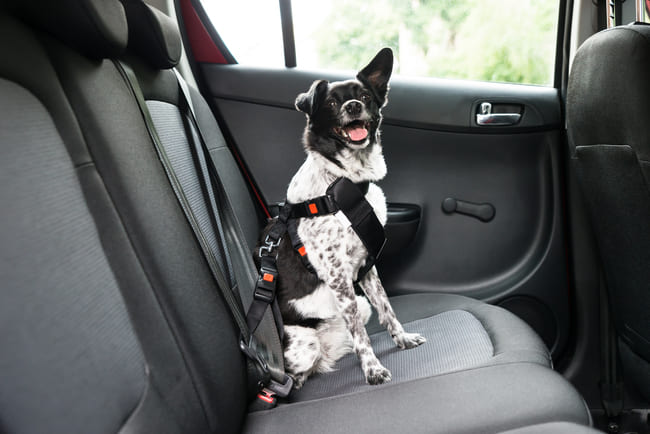
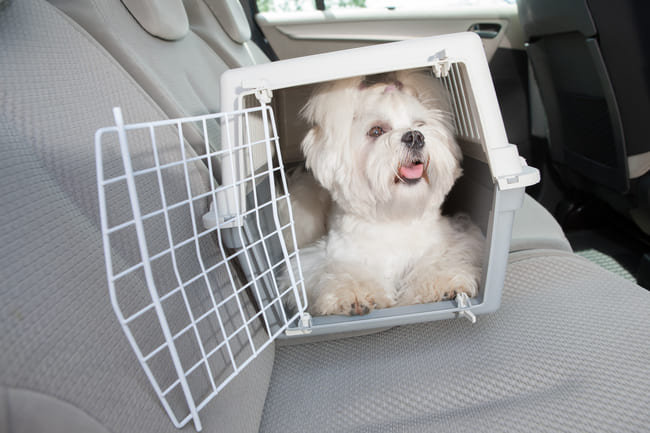



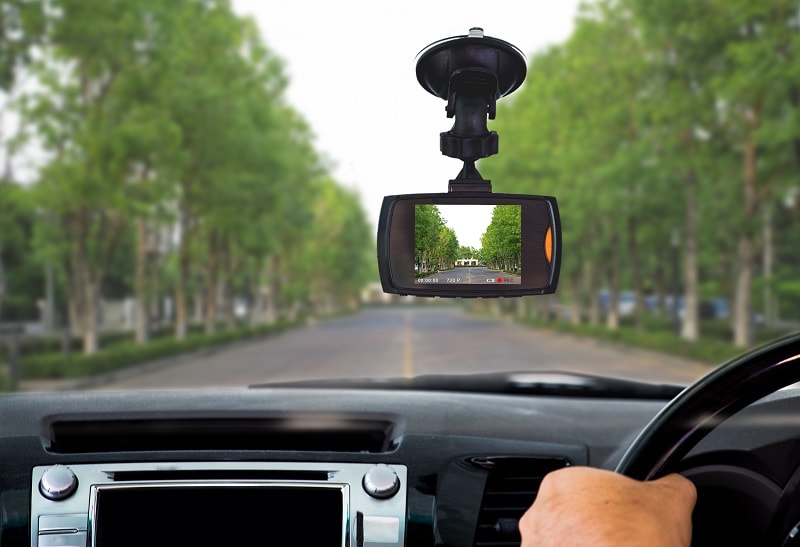
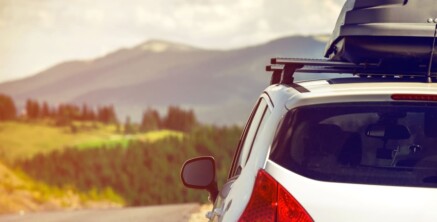
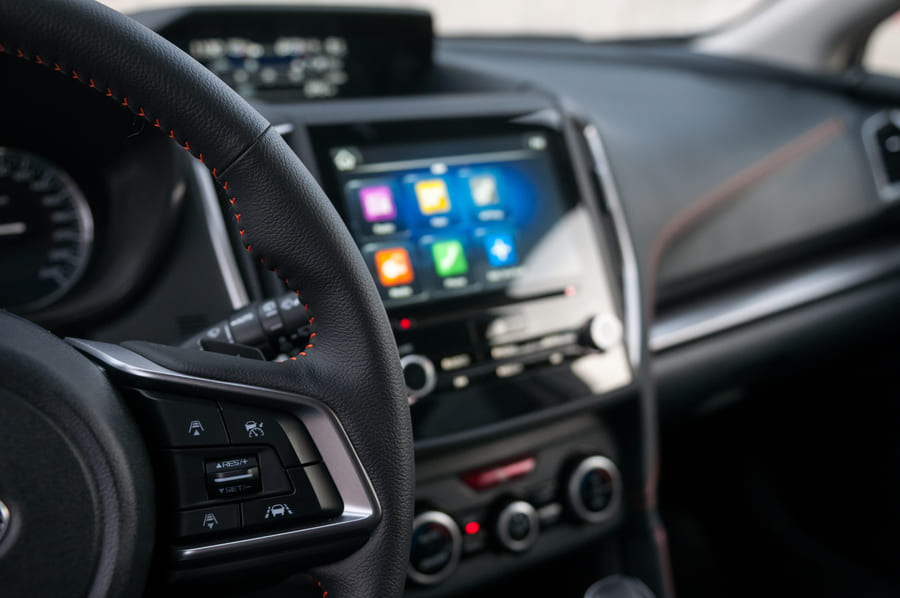


Comment